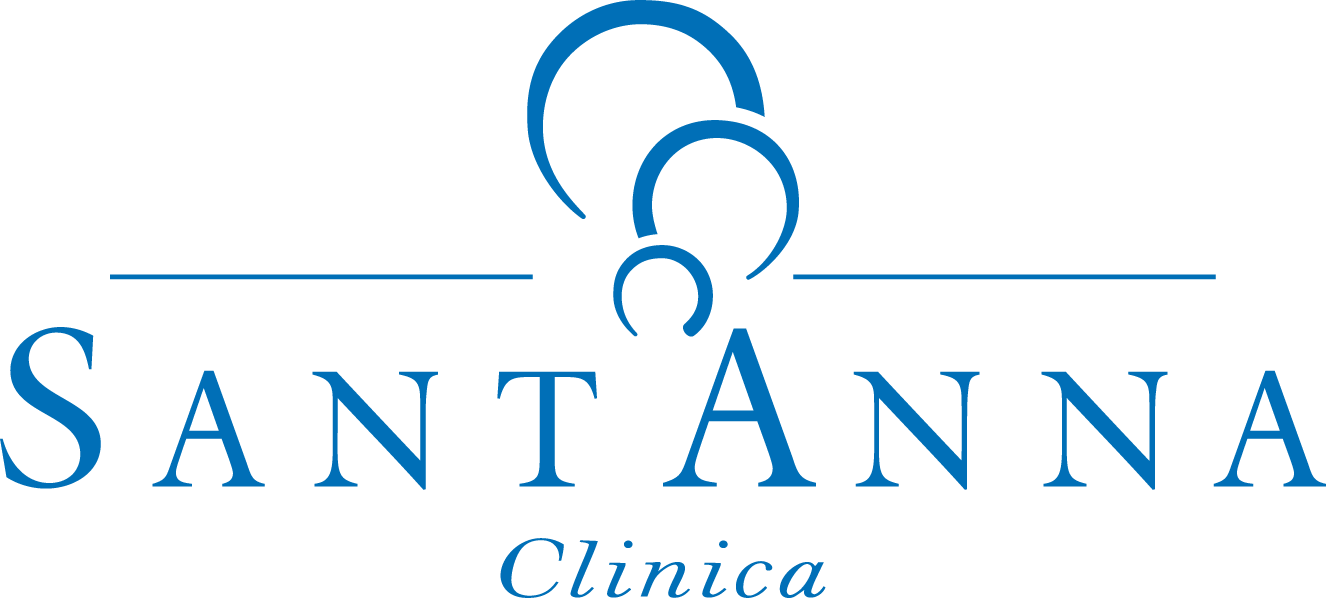Treatment
If varicose veins are not treated for symptoms, the following complications can occur.
In the skin area:
- Oedema
- Dermatitis: ochre-coloured or atrophic.
- Hypodermitis: inflammation of the subcutis
- Varicose eczema with scratch lesions.
- Ulcer: little painful loss of skin substance on the inner ankle, revealing the dermis (second layer of skin).
- Bleeding due to rupture of a varicose vein dilatation
If inflammation (phlebitis) of the superficial veins occurs, there is acute local pain and the varicose vein becomes inflamed.
Conservative, non-surgical treatment
In conservative treatment, there are several rules that affected people must follow. These include
- Putting your feet up in bed
- Regular cold showers
- Wearing insoles
- Avoid wearing clothes that are too tight
- Avoiding tobacco and alcohol
- Regular exercise such as walking, jogging, swimming or cycling
Treatment also includes compression therapy, using special socks, stockings or tights.
Surgical therapy
Surgery is considered when conservative measures can no longer relieve the symptoms sufficiently. Complications such as leg ulcers occur, or varicose veins put a mental strain on the person affected.
Today, various treatment methods are available.
Stenting technique with crossectomy and stripping
A total of two incisions are made below the groin and in the hollow of the knee, or ankle. First, the vein is tied off or clamped at the upper incision (so-called vein ligation). Then a long wire is inserted through the lower incision into the vein and advanced. A button-like attachment is used to pull the vein out of the groin.
Phlebectomy
When a phlebectomy is performed, several small incisions of a few millimeters are made along the affected vein. Using small hooks, the vein is pulled out through these incisions as far as possible. The vein is then cut and removed in several pieces.
Thermal therapy methods
In laser therapy or radiofrequency therapy, the vein is destroyed by the application of heat. The treatment is done under local anaesthetic and is relatively painless.
Chemical sclerotherapy (sclerotherapy)
Chemical sclerotherapy is a minimally invasive and outpatient procedure in which varicose veins are treated with the help of ultrasound or special sclerosing agents. The treatment usually requires several sessions and can be performed individually or as a complement to varicose vein surgery.



